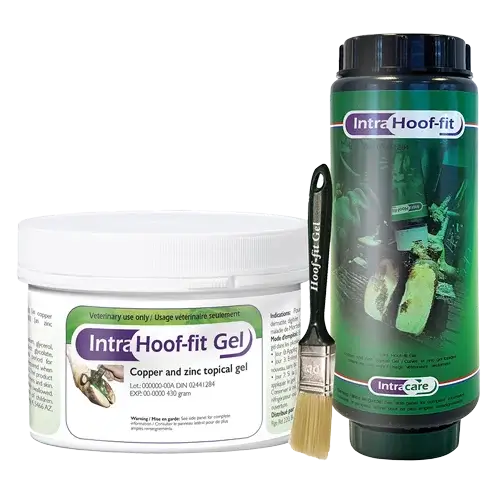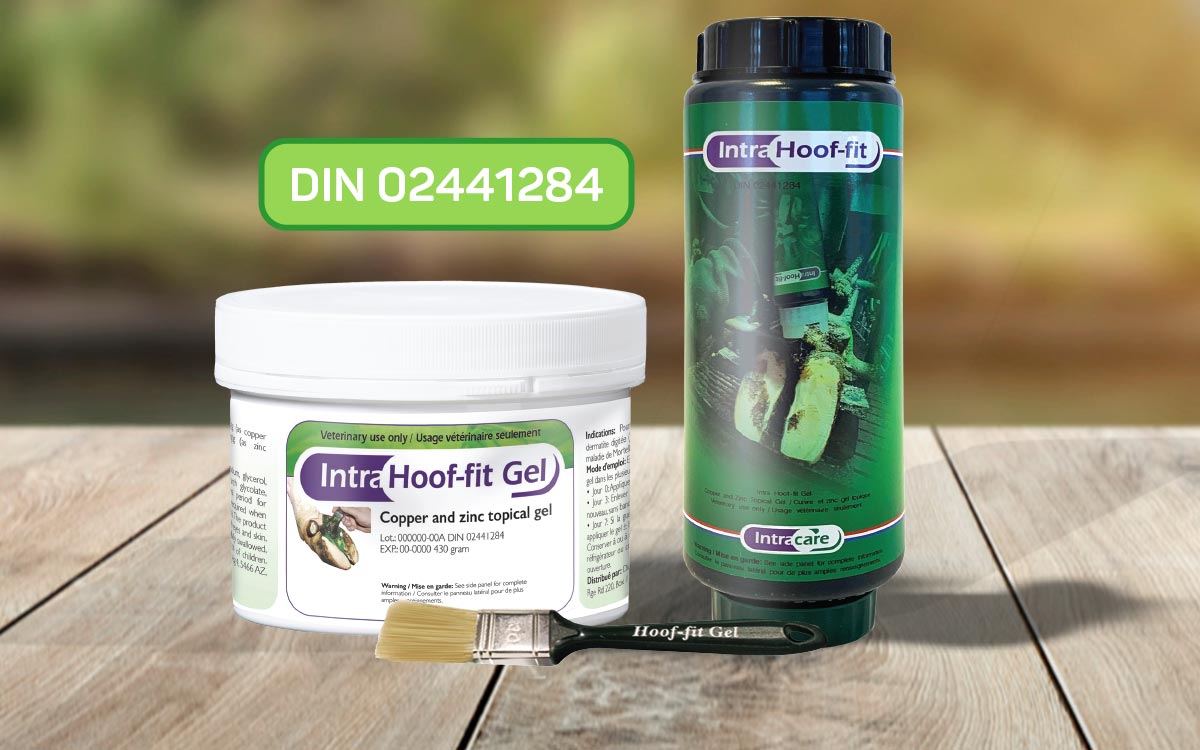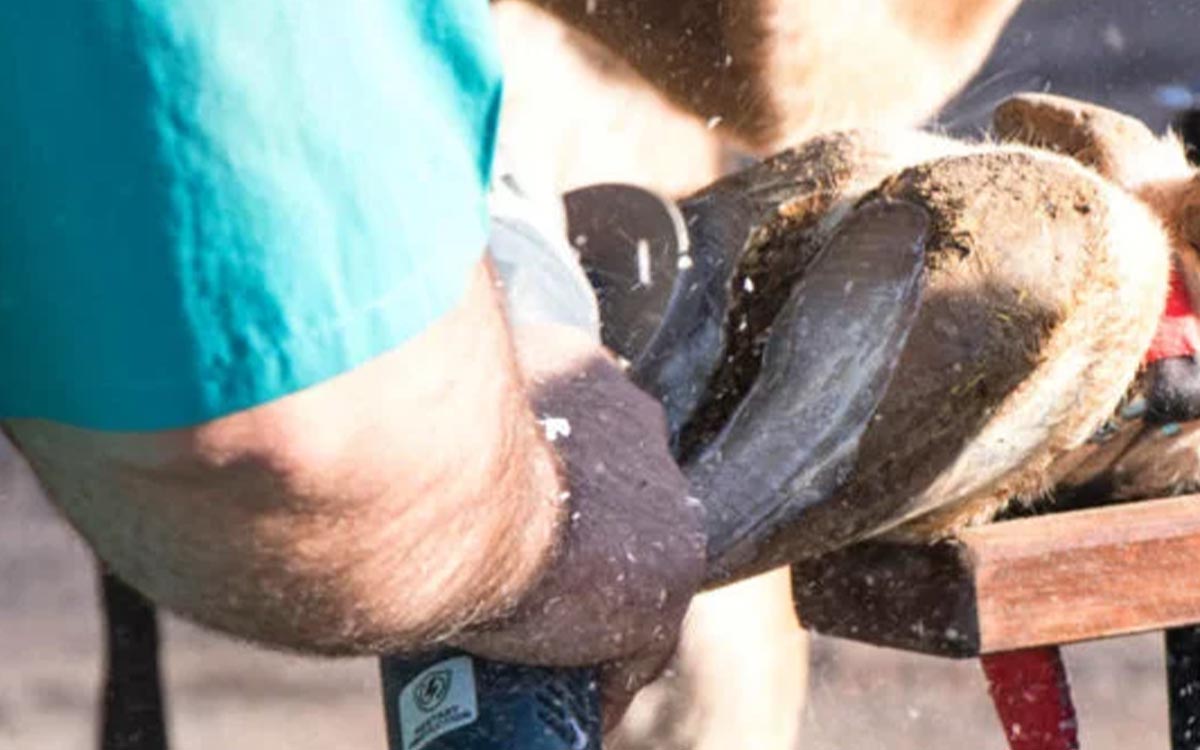Hoof care is critical for ensuring the well-being of sheep. To provide good hoof care, you must understand how fast the hoof horn grows, when to trim it, and what diseases may affect it.
Sheep hooves grow continuously. Thus, even after wearing or trimming, they grow back after a while. Overgrowth is possible, so owners should monitor the hooves of their livestock. However, hooves should only be cut when necessary as an over-trim or improper trimming can be dangerous.
With some livestock (cattle, for example), hoof care is more straightforward. With sheep, however, there is more nuance, so this article aims to help you understand how impactful your hoof-related decisions can be.
Hoof Regrowth in Sheep: When It Happens, and How Long It Takes
Livestock hooves, including those of sheep, never stop growing; for this reason, they are often likened to human toenails. However, given that animals are more reliant on their feet than we are on our toenails, they need more care and attention.
For instance, you must ensure that hooves are growing into the right shape and at the correct rate. If they grow too fast, there is the risk of overgrowth, which causes pain when walking and makes them more susceptible to disease.
If the hooves are misshapen, it could interfere with the balance of the foot. When the issue is ignored, it might even lead to difficulty in walking or lameness. This condition is a significant concern for livestock owners.
Hoof Regrowth Occurs After Wearing or Trimming
There are two occasions when hoof regrowth can occur:
- Wearing. This is a natural process that helps prevent or delay significant overgrowth. Natural wearing can be reliably achieved when sheep often walk on rough pastures or concrete surfaces.
- Trimming. This does not occur naturally and is often done when there are overgrown or misshapen hooves. Owners or expert trimmers use tools to cut off overgrowth and shape the hoof into the correct thickness and form. In my professional trimming business we use high quality hoof knives to get the trimming job done.
![[B217]-Do-Sheep-Hooves-Grow-Back-Over-Time](http://cdn-5d2e57e3f911c80ef4a235f4.closte.com/wp-content/uploads/2023/01/B217-Do-Sheep-Hooves-Grow-Back-Over-Time.png)
Hoof Regrowth May Be Hampered by Diseases
If the sheep suffer from hoof diseases, it may affect how fast and well their hooves grow. For instance, illnesses can lead to misshapen feet. They can also separate hoof parts, as in the hoof wall being separated from the sole, which creates a gap or a pocket in the hoof vulnerable to infection.
These are some diseases that lead to misshapen or overgrown sheep hooves:
- Scald. This condition is prevalent in wet environments. Prompt treatment helps prevent it from impacting the growth rate.
- Foot rot. Chronic foot rot often leads to both overgrown and misshapen hooves. It also causes extreme pain.
- Contagious ovine digital dermatitis (CODD). This condition can lead to the detachment of the hoof capsule, permanently altering the way the hoof regrows.
- Laminitis. This illness leads to “platform soles,” or unusually tall and hard hooves.
Moreover, inappropriate trimming while a sheep is ill can result in lousy hoof regrowth. For instance, if you trim excessively an affected hoof, you may cut until you expose a healthy hoof part. This exposed part becomes vulnerable to infection, which may lead to worse conditions.
Hoof Horn Growth Rate Is Affected by Several Factors
A study by Shelton et al. determined how fast sheep horn hooves grow, which is 3.6 millimetres (0.14 inches) per month. However, it is not a blanket rate because the speed of hoof regrowth depends on several factors, including:
- Environment temperature. Typically, animal hooves in colder climates grow slower because of diverted blood supply from their limbs.
- Moisture vs. wearing. Sheep that often tread hard or concrete ground wear their hooves faster. Those living in moist pastures have longer hooves because the soft soil cannot wear down their claws.
- Genetics. Some sheep grow their hooves faster than others.
Hoof Horn Growth Rate Is Affected by Several Factors
Advice on sheep hoof trimming is not straightforward because of recent discoveries and studies, including Green and Clifton’s 2017 research.
Their study found that routine trimming can be harmful to sheep. This was a shocker for the livestock community because regular hoof trimming was done to avoid overgrowth, prevent diseases, and manage illnesses. That’s why there’s an overwhelming number of websites and articles encouraging this practice.
My expertise is mainly in cattle hoof care, so what I can say is that cow hooves are trimmed, in general, two to three times a year. Your professional trimmer can give you the best recommendation for your sheep.
However, Green and Clifton asserted that frequent trimming increases the risk of lameness, foot rot, granulomas, and other diseases. This makes the practice an unnecessary, painful, and futile exercise.
It is not just Green and Clifton who push for the discontinuation of trimming as a way of treating all sheep hoof diseases. The National Animal Disease Information Service (NADIS) states that cutting while a sheep suffers from foot rot can worsen the condition because it:
- exposes growing tissue or corium
- delays healing
- leads to other conditions, like granulomas
- spreads the infection through the instruments and trimmings
A 2021 study by Best et al. also states that trimming to correct hoof conformation is counterproductive. The report says that not only does it lead to damaged hooves, but it also hastens the horn growth rate to an unhealthy degree.
So, does this mean that trimming should be avoided altogether? Not exactly.
Firstly, overgrowth often happens when there’s foot rot, so you’ll need to trim. This curative trimming should be done carefully to ensure the corium won’t be exposed. To treat the disease, use options recommended by your veterinarian. In my dairy hoof trimming practice, I’ve been using Hoof-fit Gel to treat digital dermatitis, which is also used by trimmers on sheep farms. This gel has a DIN registration. The application method is quite straightforward: brush it on the problem area. The extreme stickiness of the gel ensures long contact time.
Certain diseases do require trimming for the hoof to heal. These include:
- Shelly hoof
- White line disease
- White line abscess
- Laminitis
When these conditions are present, the trimming must be done carefully so that only the loose horn hoof or foreign material is removed. Otherwise, you risk over-trimming, which can lead to more diseases and lameness.
If the natural wearing process isn’t enough to bring the hoof to an appropriate size and shape, you may also have to employ trimming. Do not wait or let the hoof grow too long as it will be harder to shape without harming the animal.
Overgrowth and slow wearing often happen during the cold or wet seasons, when the ground is too soft. However, it’s also been determined that sheep hooves grow slower during the cold seasons, meaning you may not have to trim every winter. Farmers can tackle minor issues themselves—sheep experts use Repiderma on their animals as a general skin care product.
Thus, as much as possible, rely on wearing. However, to achieve optimal wearing, you must make the conditions and environment appropriate. For instance, you can:
- Provide concrete or hard surface amid soft pastures
- Feed your sheep on the hard surface so they’d have to tread on it regularly

Hoof-fit Gel
Do Sheep Hooves Need Trimming?
A study by Shelton et al. determined how fast sheep horn hooves grow, which is 3.6 millimetres (0.14 inches) per month. However, it is not a blanket rate because the speed of hoof regrowth depends on several factors, including:
- Environment temperature. Typically, animal hooves in colder climates grow slower because of diverted blood supply from their limbs.
- Moisture vs. wearing. Sheep that often tread hard or concrete ground wear their hooves faster. Those living in moist pastures have longer hooves because the soft soil cannot wear down their claws.
- Genetics. Some sheep grow their hooves faster than others.
Final Thoughts
Sheep hooves never stop growing, so they are bound to grow back after wearing or trimming. The growth only stops or does not proceed correctly because of a disease or inappropriate trimming. Thus, only trim when necessary and rely on wearing as much as possible.
Sources
- Food and Agriculture Organization of the United Nations: Chapter 3: Cattle, sheep, goats and buffalo
- thisNZlife: A beginner’s guide to hoof trimming: How to keep your cattle, sheep, and goats limp-free
- Cambridge University Press: Measurement and error of hoof horn growth rate in sheep
- British Veterinary Association: Diagnosing and managing footrot in sheep: an update
- National Animal Disease Information Service: Lameness Control in Sheep
- MDPI: New Insight into the Prevalence and Risk Factors for Three Distinct Hoof Conformation Traits in UK Commercial Sheep Flocks
- Queensland Government: Sheep shearing and trimming




